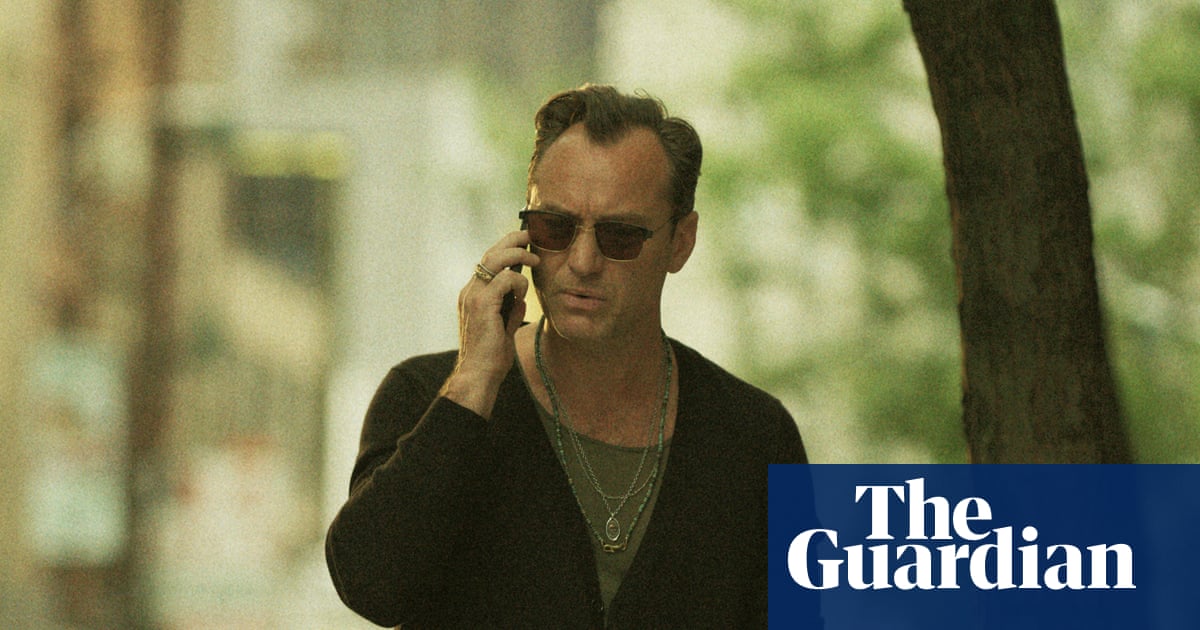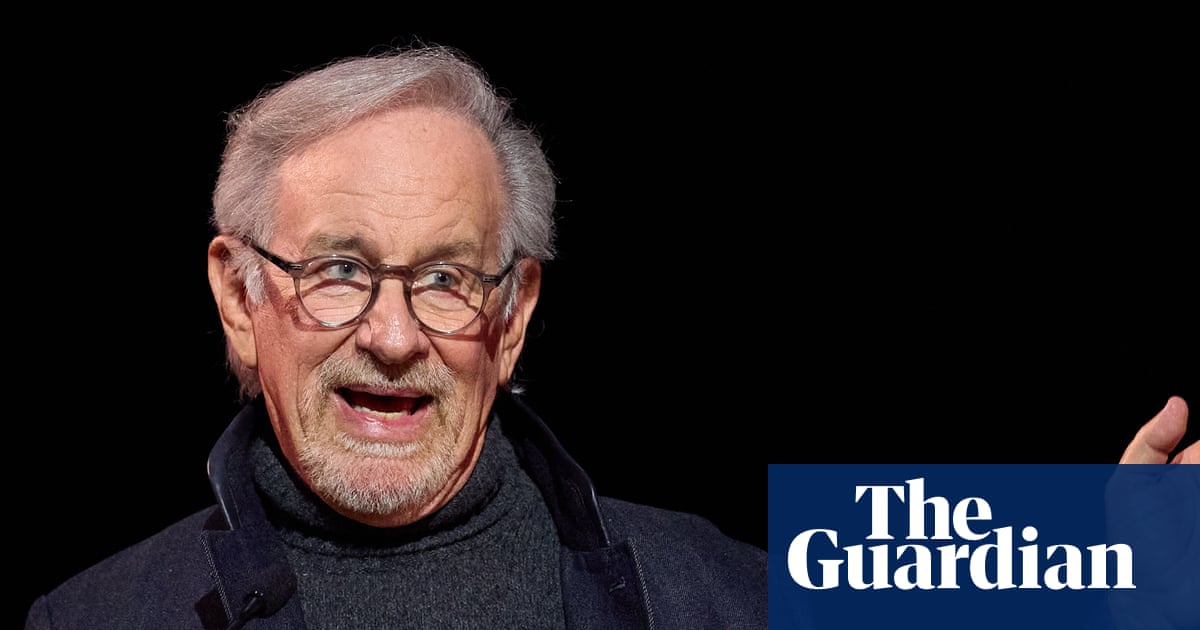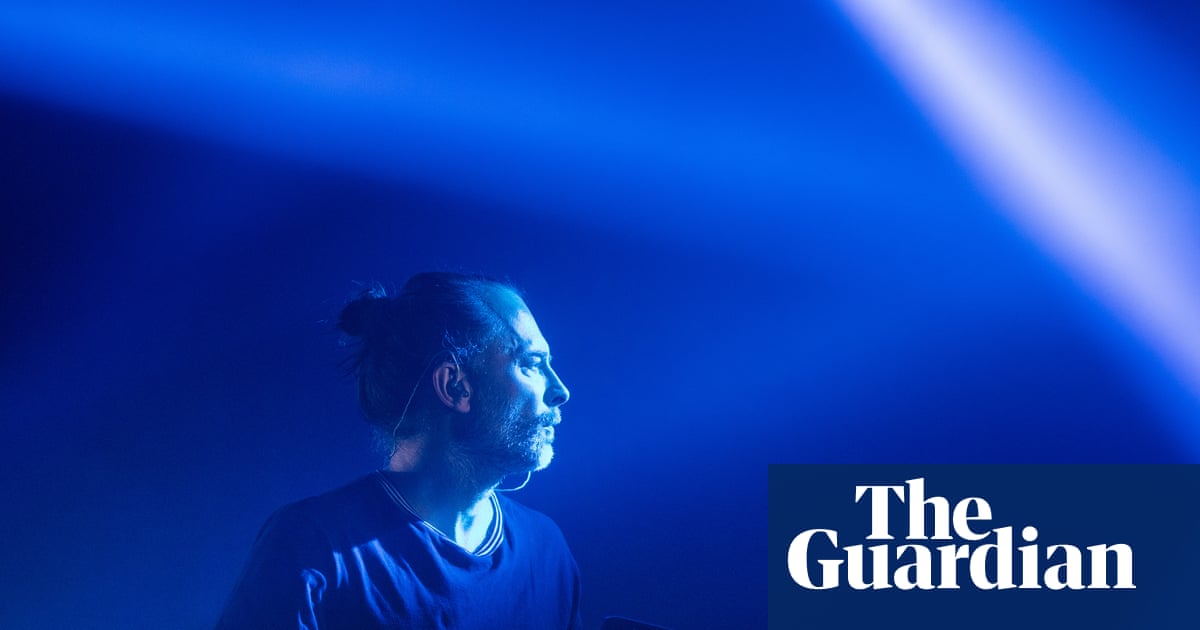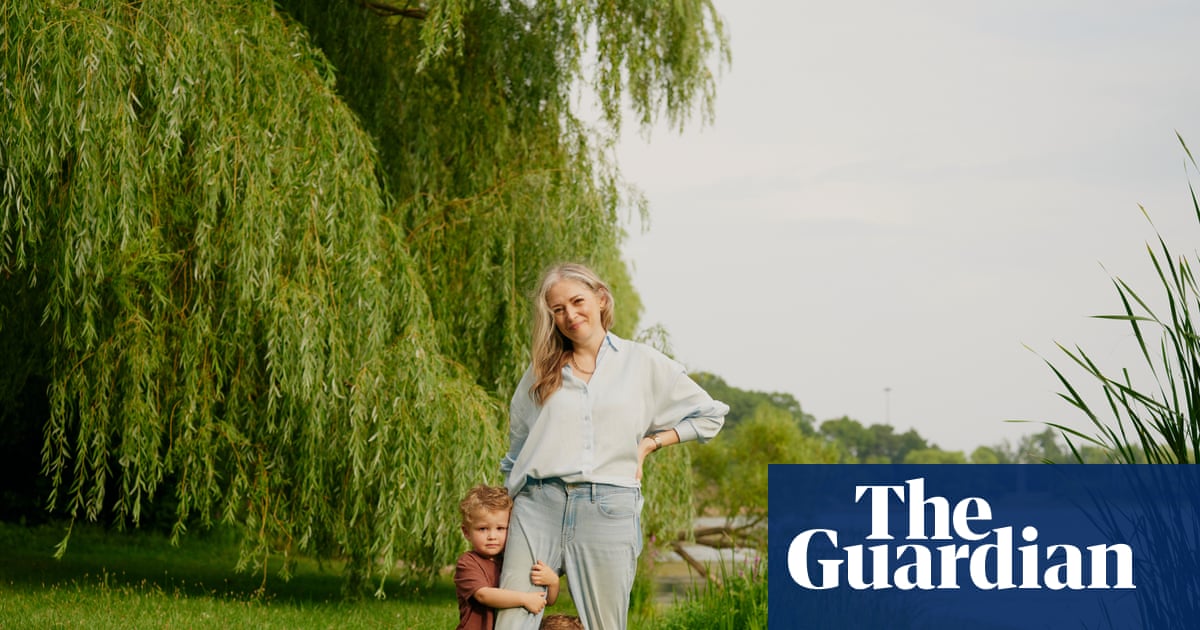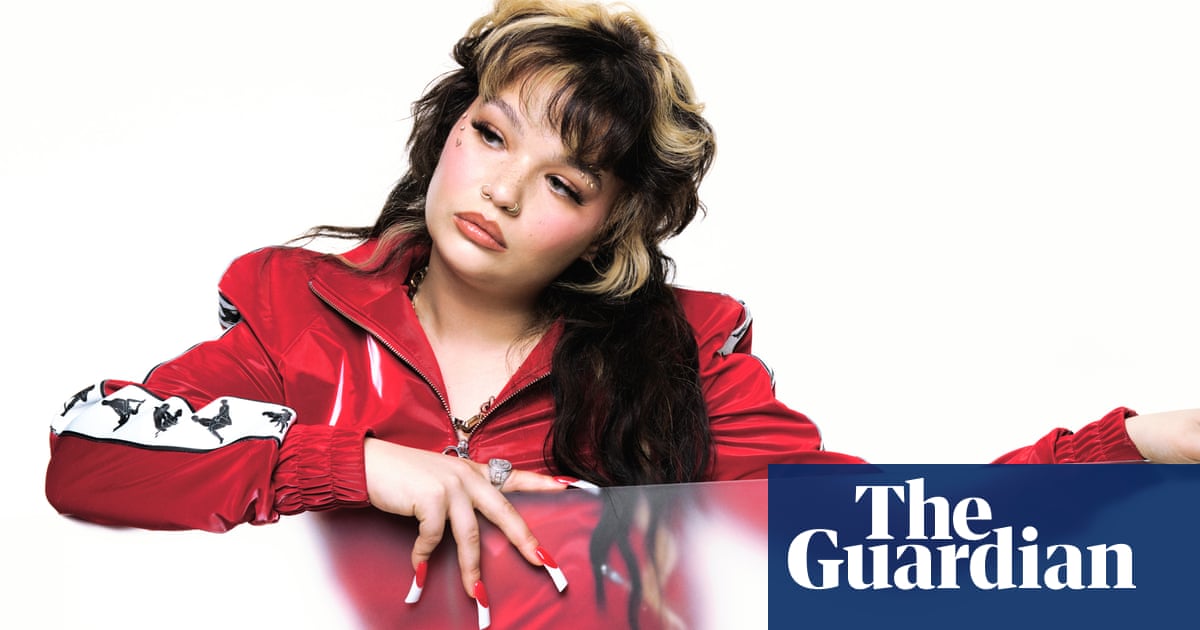They might get asked by bartenders about their long faces, but horses pull a variety of expressions when interacting with each other, researchers have found.
While facial movements can help members of the same species communicate emotions or other signals to each other, they can also be important for inter-species understanding – such as helping humans glean insights into the experiences of domesticated animals.
In horses, for example, ear movements have long been viewed as important indicators of their internal state. However, the new work suggests there are many more signals to look out for.
“Horses produce a rich and complex repertoire of facial expressions, and we should not overlook the nuances in these if we want to truly understand the subjective experiences of horses,” said Dr Kate Lewis, the first author of the research, from the University of Portsmouth. She said the new work could also be important for improving the care and welfare of horses.
Writing in the journal Peer J, Lewis and colleagues report how they drew on an existing directory of horse facial movements known as the Equine Facial Action Coding System (EquiFACS) to unpick the combinations of facial expressions and behaviours made by 36 domestic horses during different types of naturally occurring interactions. These were classified by the team as friendly, playful, aggressive or attentional.
The team analysed 72 hours of filmed observations to explore which facial movements tended to occur in each context. “Something of this size has not been attempted before in horses, and it’s really exciting to see the subtleties in how animals communicate with each other,” Lewis said.
While the researchers found that almost all facial movements occurred in all of the different contexts, some were more specific to certain types of interaction. In particular, they found that during friendly, peaceful interactions with other horses, the animals tended to put their noses forward. By contrast, when paying attention to something, the horses’ ears were typically forward and pulled together.
During aggressive encounters, the ears tended to be flattened and backward-facing, while the inner brows were raised, the nostrils dilated and the head lowered.
During play, the lower lip was often depressed, the chin raised, lips parted, mouth stretched open wide, and the ears rotated and flattened backwards. In addition, the team noted that during play horses often had an increase in visible eye white, the nose was pushed forward, and the head tended to be up or turned to the right, or both.
“These results really highlight the importance of not relying on just one aspect of the face, such as the ears, to understand what the horse is trying to communicate,” Lewis said. “Instead we need to consider how the individual facial movements work together to create the overall facial expression.”
Primates and some carnivores such as bears also open their mouths during play, Lewis added, in order to indicate the interaction is not aggressive, thereby preventing unwanted fighting.
“This face has been anecdotally described in horses previously, but here we were able to show that it definitely exists and, crucially, that it involves the same muscles as it does in primates,” Lewis said, adding that the similarity suggested that the “play face” evolved in mammals earlier than previously thought, before horses and primates split on the evolutionary tree.
She said: “There are both similarities and differences between the facial expressions made by non-human primates and horses, so if we are to gain a comprehensive understanding of facial expressions and their evolutionary origins, we need to look beyond our closely related primate cousins.”

 3 months ago
126
3 months ago
126





